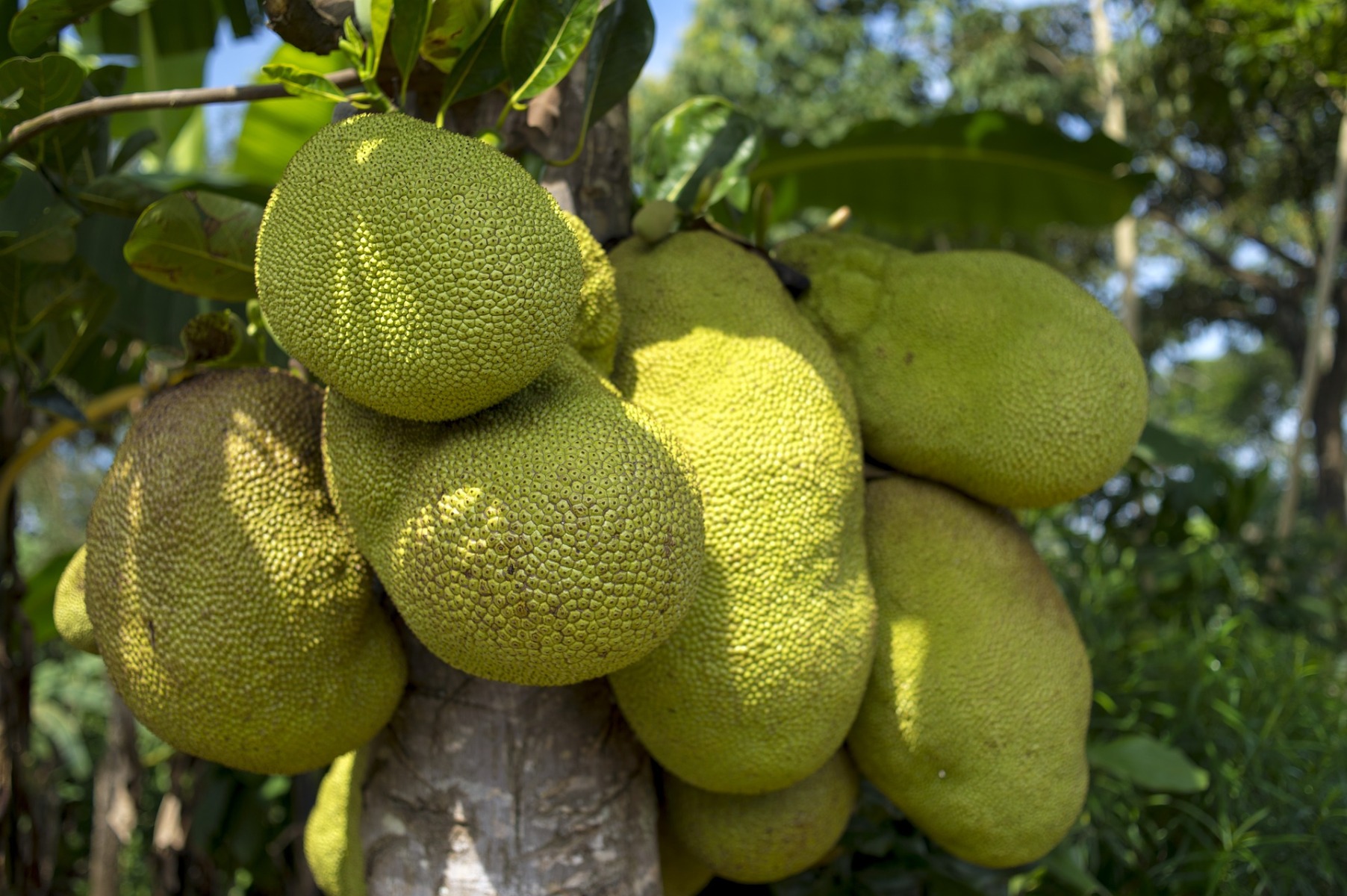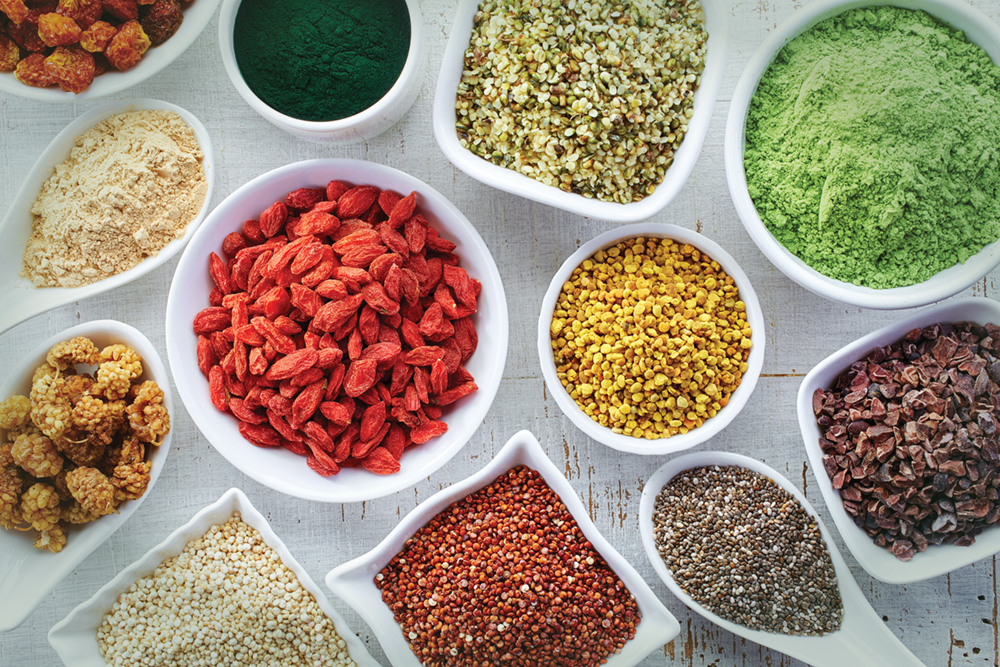
Jackfruit is making a big name for itself in plant-based eating.
Which is hardly surprising.
Because this monster fruit can grow up to three feet long and weigh an astonishing seven stones making it the largest tree fruit in the world.
Even though average size fruit is much smaller a mature tree can still produce three tons of fruit in one harvest.
A member of the mulberry and fig family Jackfruit is a native of south-west India but has moved on to the East Indies, Malaysia and many other parts of the world.
Inside the hard, knobbly shell each fruit contains seeds attached to a central core.
Each seed is surrounded by a fleshy covering called an aril and these are the parts that are eaten.
When the flesh is ripe it has a tropical fruit, taste compared to mango or banana and is used in sweet dishes. But jackfruit is also eaten before it ripens when it has a neutral flavour and happily accommodates extra flavours like herbs and spices.
Across Asian the cooked fruit is used widely in curries, salads and fillings. In some places unripe slices are even fried as chips.
India alone grows well over a million tons of jackfruit a year.
In the west it has become a regular feature of vegan and vegetarian recipes particularly as a meat replacement. So, it is served as pulled “pork”, spare “ribs”, fried “chicken”, “beef” chilli and “crab” cakes. It also features in stir fries, pizza and baked potato fillings.
Nutritionally it brings to the table six B vitamins, notably B6. It also has Vitamin C, fibre and protein as well as and minerals including magnesium and potassium.
Preparing a fresh jackfruit is not simple and involves battling a sticky sap that sticks to hands and knives. This is just one of the reasons that many recipes recommend using tinned fruit.


